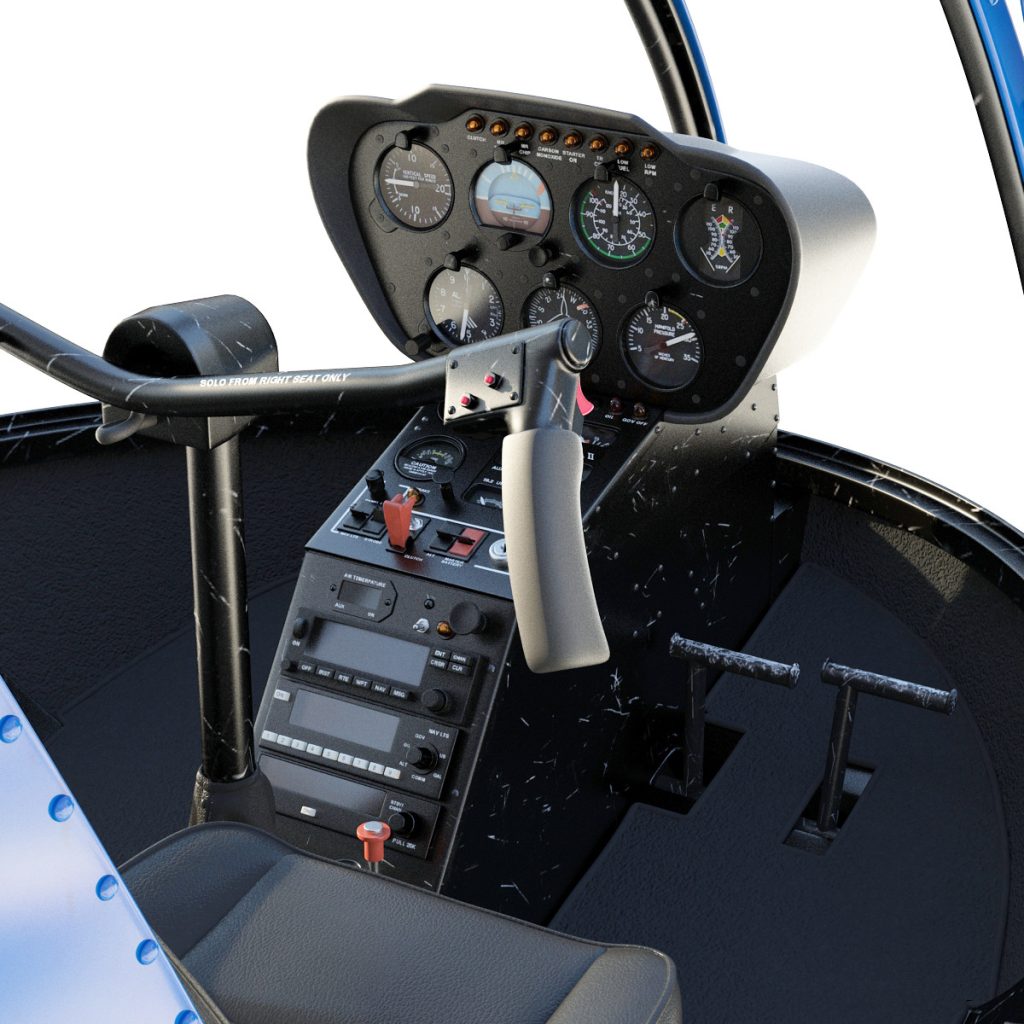The aviation industry continues to evolve rapidly, with helicopter operations emerging as a significant sector driven by technological advancements, expanding applications, and increasing infrastructure needs. As we look toward 2025, the demand for skilled helicopter pilots is projected to rise substantially. This growth reflects broader economic, technological, and strategic shifts within various industries that rely on rotary-wing aircraft. Understanding the dynamics of this market is essential for aspiring pilots, industry stakeholders, and policymakers aiming to navigate the upcoming opportunities and challenges effectively.
Overview of the Helicopter Pilot Job Market in 2025
By 2025, the helicopter pilot job market is anticipated to experience robust growth, fueled by increased demand across multiple sectors such as emergency medical services, offshore oil and gas, tourism, construction, and aerial firefighting. The global need for rapid and flexible transportation solutions has elevated the importance of helicopters in both urban and remote areas. Consequently, airlines, government agencies, and private companies are investing heavily in expanding their helicopter fleets and operational capacities. This expanding sector translates into a higher demand for qualified pilots who possess not only technical flying skills but also adaptability to diverse operational environments. While the competition remains stiff, the overall job outlook remains positive for those with the right certifications, experience, and specialized training.
Factors Driving Increased Demand for Helicopter Pilots
Several key factors are propelling the rising demand for helicopter pilots in 2025. Advances in technology have made helicopter operations safer and more efficient, encouraging broader utilization. The ongoing expansion of offshore energy projects, especially in renewable sectors like wind farms, requires frequent transportation to and from remote sites, increasing pilot needs. Additionally, the heightened focus on disaster response, emergency medical services, and firefighting has amplified the need for quick deployment of skilled pilots in critical situations. Urbanization and infrastructure development also play a role, as helicopters are increasingly used for construction support, aerial surveys, and VIP transport. Moreover, aging pilot populations in some regions are creating a gap in experienced personnel, further intensifying recruitment efforts across the industry.
Regional Trends and Opportunities in Helicopter Aviation
Regional variations significantly influence the opportunities within the helicopter industry. North America, with its extensive oil and gas sectors, robust emergency services, and vibrant tourism industry, continues to lead in helicopter employment. Europe is witnessing growth driven by urban air mobility initiatives and environmental considerations, fostering innovation and new operational models. Asia-Pacific is emerging as a major hub for helicopter activities due to rapid infrastructure development, expanding industrial zones, and increased investment in offshore projects. Meanwhile, regions like Africa and the Middle East are seeing heightened demand driven by resource extraction and infrastructure expansion in remote areas. These regional trends create diverse opportunities for pilots, whether in commercial, governmental, or private sectors, depending on local industry growth and regulatory environments.
Future Challenges and Skills Needed for Aspiring Pilots
As the helicopter industry expands, aspiring pilots will need to navigate several future challenges, including evolving regulatory standards, technological integration, and increased competition. Mastery of new avionics systems, automation, and safety protocols will be essential. Pilots will also need to develop strong situational awareness, adaptability, and crisis management skills to operate effectively in diverse and sometimes unpredictable environments. Additionally, language proficiency, cultural sensitivity, and the ability to work in multidisciplinary teams are becoming increasingly valuable. Continuing education, specialized certifications, and a commitment to safety and professionalism will be crucial for those aiming to succeed in this dynamic market. Preparing for these challenges will position new pilots favorably in a competitive and rapidly changing industry landscape.
The outlook for helicopter pilots in 2025 is one of significant growth and opportunity, driven by technological advancements and expanding industry applications. While the demand is promising, it also requires aspiring pilots to develop a comprehensive skill set, stay adaptable, and stay abreast of industry developments. Those who can meet these evolving requirements will find rewarding careers in a sector poised for continued expansion and innovation.


